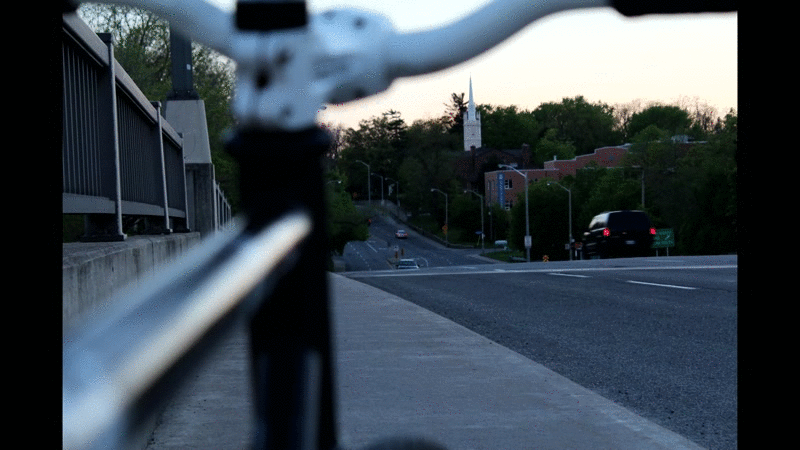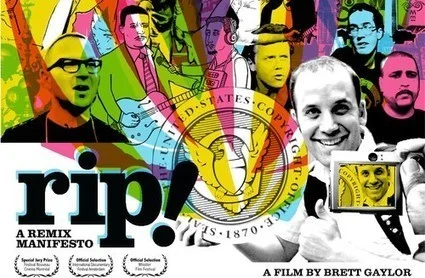Sound Art
“The world is alive with musical expression, with each of us serving as active participants, whether we know it or not.”
Media is not just visual messaging like ads, it is anything that communicates a message or persuades us to think, do or feel something. Sounds convey information that direct our behaviour or prompt us to act (alarm clock, ambulance siren) and sounds also play a role in enhancing a message tranmitted by other forms of media (sound effects in video games) or brand icons (the iPhone ringtone). Sounds help filmmakers tell a story: Sounds are recorded separately, often in a sound booth, to match the images we see on screen, effectively creating representations or “stand-ins” of sounds that exist in our everyday environment, and of imagined sounds that don’t (the sound of dinosaurs, aliens or a futuristic planet).
Sound is all around us and since we don’t have ear-lids, it is constantly influencing our experiences. Sound is affected by its environment and the space that contains it. When we put our ear to a seashell we are creating an echo chamber that is sculpted by the shape of the shell. What’s more, the same sound means something different depending on the listener and the context. A police siren can be comforting or terrifying depending on your experience of the police. The school bell that rings at the start of the day rings again at the end of the day, but the feelings each ring evokes is quite different. Sound is also affected by quality. Take laughter for instance: there is evil comic book villain laughter, the giggles or the nasty sound of someone laughing at you.
I have been exploring the information transmitted through sounds with Ontario students since 2006; listening to, creating and performing sound stories with hundreds of brilliant young people eager to make some noise. The majority of works created can not be shared here for reasons of privacy and protection of the young people in the videos (besides which, like a recording of a theatre piece, doesn’t translate the impact of the audience experience well). What is in the videos is participants committing to performing for the ears of their peers, who listen with closed eyes, as performers crawl across the floor as members of swat rescue teams, flap construction paper to make the sounds of strong winds, walk amongst their audience as zombies, combine voices scattered throughout the classroom to create a moving sound, punctuate stories with instruments, and so very many great screams!
When technology and time permits, this workshop is expanded to involve recording, editing and installation works of sound art, examples of which are highlighted below.
AN EAR FOR AN EYE, KAREN DARRICADES, 2016
Placing an Audience of Ears
Unlike the way we experience visual arts (theatre, film, gallery walls) and visually-dominant media (video games, internet) by being “face-to-face” with the work, sound art plays for the ears and not the eyes, allowing for a transformative relationship with audience placement. Students are encouraged to exploit this freedom by placing their audience according to the experience they hope to create. Sometimes this means dividing the audience in two and performing in the middle or asking everyone to sit on the ground in order for sounds to be coming from above their audience of ears.
One group participating in the Sound Story activity in 2009 had great success in telling the story of gossip as a form of bullying by placing their audience inside a circle of performers. Whispers made by a few performers, quickly moved around the circle and grew to include all performers, giving a surround sound experience of the escalating gossip. Text messages could be heard sent from one end of the circle and received on the other end. Laughter erupted from one direction, then another until the circle was filled with the overwhelming sound of performers taking pleasure in the humiliation of the subject of the gossip. Slowly the laughing disbanded as performers left the circle in pairs and small groups. Once the laughter could no longer be heard, the audience could hear someone crying from the corner of the room. By placing the listening audience in the middle of the circle, performers heightened the uncomfortable experience their sound story was portraying and producing something exponentially more powerful than if they were simply performing in front of an audience with closed eyes.
YEAR 1, GRADE 9, TCDSB, 2016
SOUND INSTALLATIONS
Year 1 uses objects and sounds to create an installation that explores the potential dark side of scientific or technological innovation. The specifics of the human innovation and subsequent consequences of their shortsighted vision, motivated by the inventor’s ego inflated by the accolades of the mainstream media, is left shrouded in mystery. What is clear is that in 4 short years, all is lost.
SORRY, EXCUSE ME, GRADE 9 AND 11, 2013
Animating an Image with SounD & Vice Versa
Is there a sound that corresponds with the word past? Power? Sadness? Freedom? Math? Loss? Unlike the way movies use sounds that corresponds with a scenario depicted on the screen, thereby reinforcing the meaning of the image, mixed-media pieces pairing image and sound can change meaning by reinterpreting and re-contextualizing sounds.
Sorry, Excuse Me was a cross-curricular activity pairing ESL students with graphic design and digital art students in a North York school. Through a process of separate creation and then collaboration, students interpreted each others works.
SHOOTING IN THREE THIRDS, KENDRICK MONREAL, TCDSB, 2017
The ROLE OF THE LISTENER
There are many sides to every story, and to each side different sounds. Shooting in 3 Thirds tells the story of the same school shooting from 3 different perspectives (police responders, students and the shooter).
How do you communicate without using words (e.g. laughing, door slamming, teeth grinding)?
THESE QUOTES WERE HAND TRANSFERRED FROM STUDENT FEEDBACK COLLECTED 2007-2017. SEE MORE OF WHAT WORKSHOP PARTICIPANTS HAD TO SAY ABOUT THEIR EXPERIENCE HERE
Student Work
Click to listen.
Students seeing their work below are invited to add their name or a title to their work by contacting me here
PLEASE NOTE: These workshops are ongoing and as such this blog post may be updated with new works and/or modified to highlight new examples. Come back again to see what's new!








Augmented Reality education connects pixels to paper and allows participants to explore emerging media technology, wherever they live, learn and play!